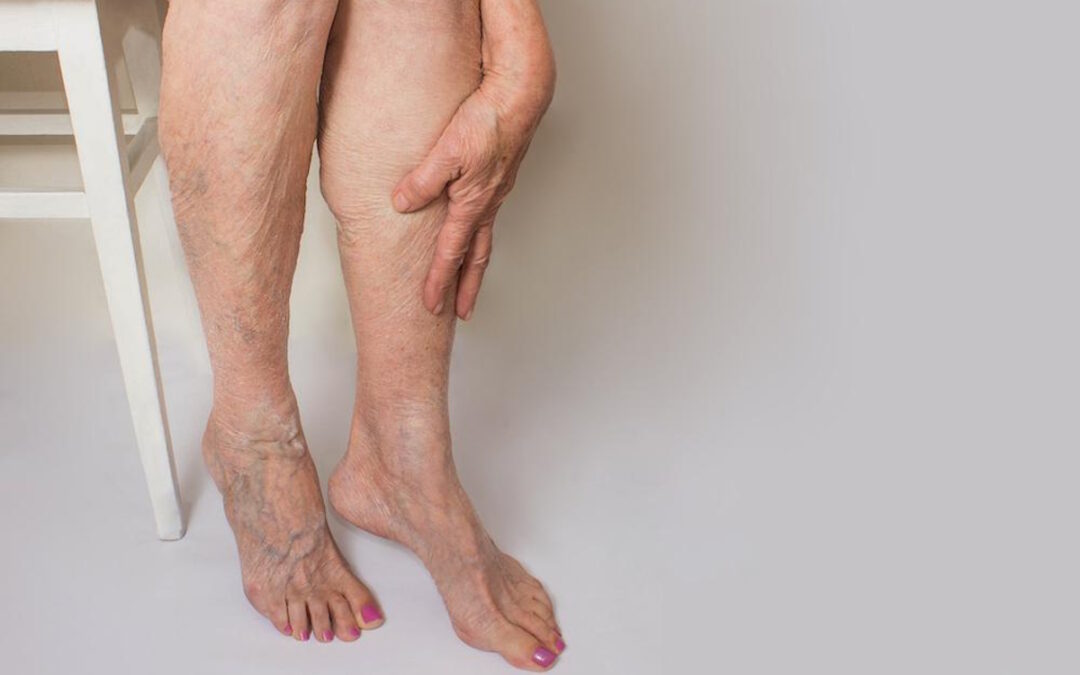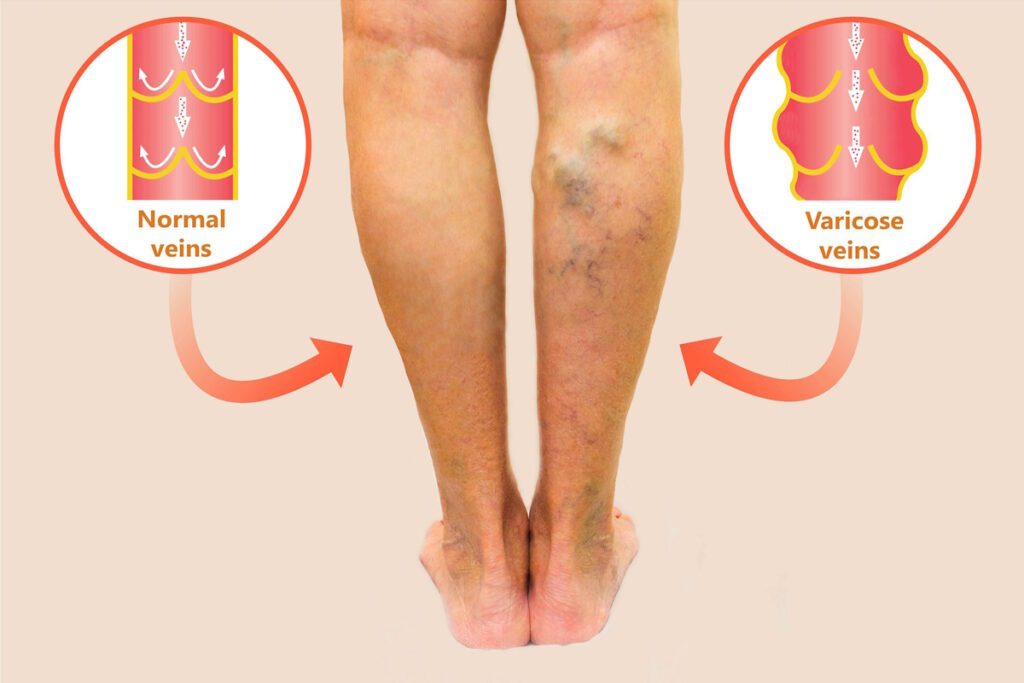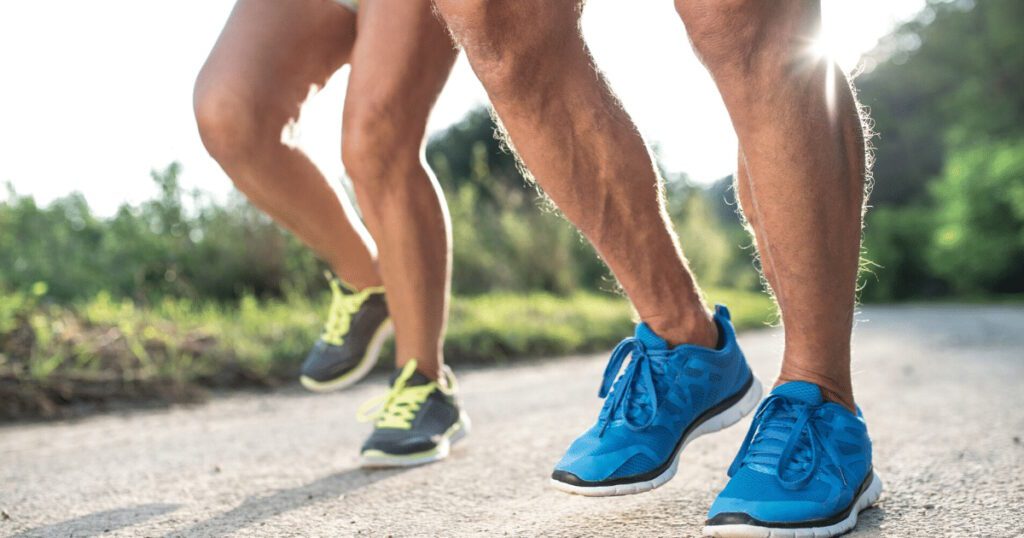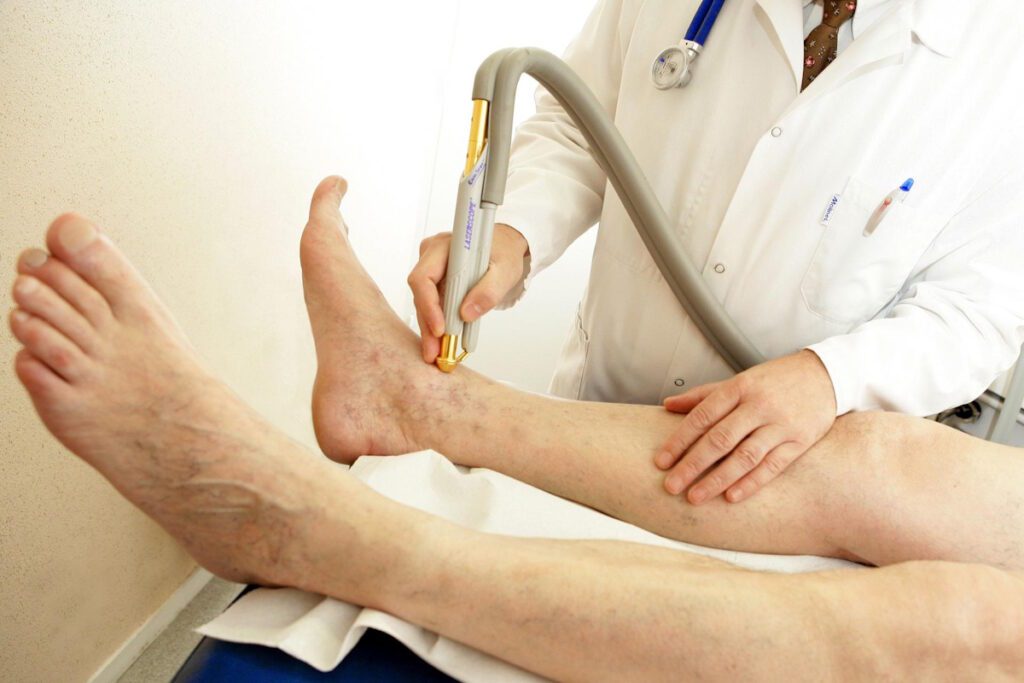Banishing Varicose Veins Has Never Been Easier
Author: StrideCare Internal Team

Ropey, discolored, twisted leg veins—known as varicose veins—impact roughly 25% of men and women in the United States and can be difficult to cover up unless you switch from shorts and bathing suits to pants full-time. These varicose veins can appear on your legs when there is unhealthy pressure on your circulatory system. In other words, you may have a blood flow problem. But more than being a cosmetic annoyance, they are a telltale early sign of vein disease. The good news is that our team of experts at StrideCare offers a range of therapies to resolve your vein issues and allow you to enjoy flawless legs in no time.
Are You Having These Symptoms of Varicose Veins?
- Achy or heavy feeling in your legs
- Burning sensation
- Throbbing, muscle cramping, swelling
- Pain that worsens after sitting or standing for long periods
- Itchy skin or skin discoloration
- Numb legs

Varicose Vein Risk Factors
The good news is that varicose veins and their uncomfortable symptoms can be treated as long as there is an accurate and early diagnosis coupled with the right solution based on your condition. And regardless of whether you’ve already scheduled an appointment with your doctor, there are ways to reduce your risk of varicose veins.
- Choose healthier eating habits — Eating better and improving your diet plays a huge role in maintaining blood circulation, losing weight, and improving cardiovascular health. Options include fruits and vegetables, foods high in Vitamin C and E, and fiber-rich foods.
- Compression socks — Compression socks are a great conservative treatment option for taking varicose veins seriously, as they support your legs by applying gentle pressure. This helps with circulation, swelling, and painful legs. Wearing them during long work shifts, plane flights, and even while exercising helps dramatically.
- Avoid tight clothing — Tight clothing around the waist, upper thighs, and legs can interrupt blood flow through the veins and increase pooling of blood and leg swelling.
- Quit smoking — Smoking, in general, is not good for you and is the leading cause of preventable disease and death in the United States, per the Centers for Disease Control and Prevention. This includes its direct impact on the formation of varicose veins and other venous diseases and complications.
- Get more exercise — Regular exercise helps improve blood flow throughout the body, builds strong muscles and joints, and promotes a healthier lifestyle. For adults, the American Heart Association recommends at least 150 minutes per week of moderate-intensity aerobic activity and to increase the amount and intensity gradually.

Even by following these tips and so many others, including wearing loose clothing, quitting smoking, and wearing comfortable but supportive shoes, it may not be enough to give you the results you want. This is where visiting an expert medical professional quickly can help when you have unsightly varicose veins.
More Advanced Treatments Than Ever
Varicose Vein Consultation
An initial vein consultation with our experts typically consists of:
- Discussing your medical history, including current medications you might be taking, symptoms, and anything else that might increase your risk of vein disease.
- A diagnostic venous ultrasound, as mentioned above, to identify vein function and potential blockages. Another option is a venogram, which involves injecting a safe solution into the veins to act as a contrast and allow them to be seen.
- Measurements of your legs in preparation for any medical-grade compression socks or stockings prescription you may need.
- Discuss results and treatment plan, as appropriate.
Varicose Vein Treatment
The goal of treatment is to relieve your symptoms, reduce risk of further complications, and improve leg appearance. Recent advances in image-guided technologies help patients avoid surgery and hospital admittances. These minimally invasive procedures include:
- Sclerotherapy — Our vein specialists inject a specially formulated chemical solution full of sclerosing agents (either in liquid or foam form) into the affected veins. This solution irritates the vein walls and causes the vein to collapse and disappear, safely and effectively relieving your uncomfortable symptoms.
- Microfoam ablation — Unlike sclerotherapy, microfoam ablation treats larger, tortuous (twisted) veins as well as veins above and below the knee. Your vein specialist injects a special microfoam in your affected veins to relieve symptoms without heat or tumescent. The foam fills the desired section of the vein, and the diseased vein collapses.
- Radiofrequency ablation — A thin catheter is inserted into the diseased vein through a small puncture that does not leave a scar. The catheter is guided up into the great saphenous vein in the thigh or the small saphenous vein in the calf. The radiofrequency energy is delivered to the inside of the vein, heating and sealing the vein closed.

Ready to Banish Your Varicose Veins? We Can Help!
Living with varicose veins can be emotionally devastating. Even if you aren’t in any pain, the bulging varicose veins, swelling, and urge to cover up as quickly as possible makes you suffer in silence. Your body was meant to be shown off, so let us help get you there. The first steps may include medication, changing your eating habits, and living a more active lifestyle. If that doesn’t help, please consider visiting our team at StrideCare.
We diagnose and treat using innovative, minimally invasive procedures with small incisions, less pain, and shorter recovery times. Patients suffering from a multitude of vascular conditions that include varicose veins, spider veins, venous insufficiency, diabetic vascular disease, venous ulcers, peripheral artery disease, leg discoloration, foot and leg swelling, restless legs syndrome, and more can benefit from these minimally invasive treatments.
Over the years, our practice has grown significantly and has expanded the specialty team to include vascular surgeons and vein specialists at multiple South Texas locations. This keeps us on the cutting edge of medicine, helping patients avoid traditionally long invasive surgeries used in the past to treat lower-extremity vascular disease. Patients are made to feel comfortable while same-day procedures take place at in-office or outpatient settings.
Prior to starting any new treatment or questions regarding a medical condition, always seek the advice of your doctor or other qualified health provider. This information is not a substitute for professional medical advice.
StrideCare serves the South Texas area including Houston, San Antonio, Austin, Round Rock, Bastrop, Brushy Creek, Cedar Park, Converse, Georgetown, Hutto, Kyle, Leander, Marble Falls, New Braunfels, Pasadena, Pearland, Pflugerville, San Marcos, Schertz, Houston, Sugar Land, Katy, Webster, Bay City, Clear Lake, Lake Jackson, The Woodlands, Universal City, Spring, Kingwood, Stafford, Conroe, Texas City, Cypress, League City, Bellaire, and more.


